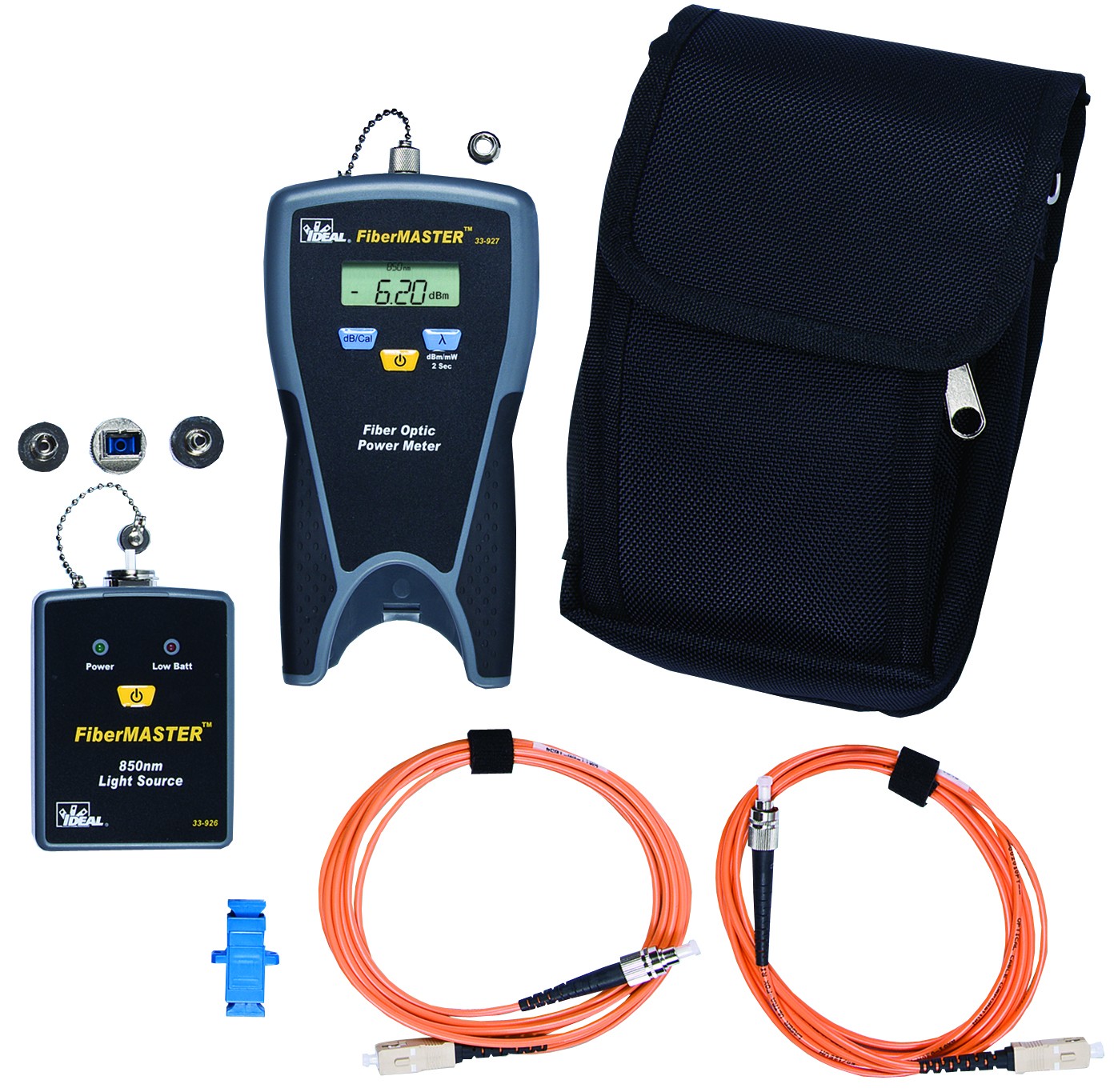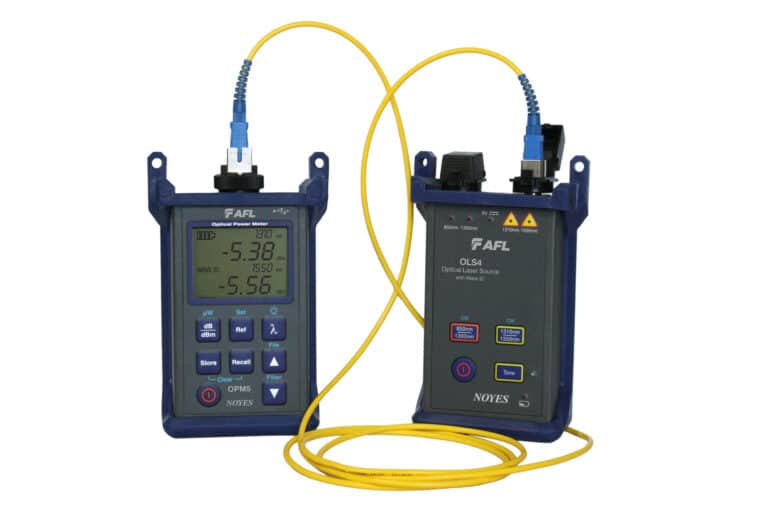A Comprehensive Overview to Optical Measurement System for Fiber Analysis
When it involves fiber analysis, recognizing optical measurement systems is important for examining performance and making certain quality. You'll discover important methods like interferometry and spectroscopy, which help you measure crucial criteria. However there's more to it than simply these approaches; understanding attenuation dimension strategies can considerably affect your network's performance. As you navigate with this overview, you'll reveal understandings that could change your approach to optical fiber.
Recognizing Optical Measurement Systems
When you check out optical dimension systems, you'll uncover they're important for evaluating fibers with precision. These systems use light to examine different qualities of fibers, including size, refractive index, and harmony. By employing strategies like interferometry and spectroscopy, you can get useful insights into the fiber's properties.You'll discover that these systems are created to decrease errors and boost accuracy, making sure trusted information for your analysis. Various setups, such as single-mode and multi-mode systems, provide to details fiber kinds, permitting you to pick the best suitable for your needs.Moreover, the assimilation of sophisticated software application tools assists you translate the information effectively, making it much easier to recognize any inconsistencies or problems. As you investigate deeper into these measurement systems, you'll appreciate just how they streamline the analytical process and boost the overall high quality of fiber manufacturing and screening.
Key Criteria for Fiber Evaluation
Key specifications for fiber analysis play a crucial function in identifying the high quality and efficiency of fiber optics. When you evaluate a fiber, you'll wish to concentrate on attributes such as depletion, transmission capacity, and modal dispersion. Depletion determines the loss of signal strength as light journeys through the fiber. A reduced attenuation value suggests much better top quality and longer transmission distances - fiber measurement.Bandwidth refers to the data-carrying capacity of the fiber and is crucial for high-speed interaction. You'll require to analyze the transmission capacity to assure it meets your application requirements. Modal diffusion, which develops from the different speeds at which light journeys with different modes in multimode fibers, affects signal clearness
Strategies for Depletion Measurement

Data transfer and Its Influence on Performance
Recognizing data transfer is important for maximizing fiber performance, as it directly affects the amount of data that can be transmitted over a network. Greater transmission capacity suggests you can send out even more information concurrently, enabling for faster communication and better general efficiency. When you're working with fiber optics, it's important to consider just how transmission capacity engages with fiber features, such as core size and product properties.If the transmission capacity is limited, you may experience data loss or slower rates, affecting your applications. In addition, various sorts of fibers can support varying transmission capacity levels, so it is essential to choose the right fiber for your certain needs.You ought to likewise remember that environmental factors, like temperature level and external disturbance, go to my blog can influence transmission capacity. By comprehending these elements, you can make educated choices to boost your fiber optic systems, making certain reliable and reliable data transmission.
Refractive Index Measurement Methods

Complete Inner Reflection
Complete interior reflection (TIR) serves as an essential principle for determining the refractive index of fibers. When light journeys from a denser tool to a much less dense one, it can only be totally shown if the angle of incidence surpasses a details limit, known as the crucial angle. This phenomenon enables you to establish the refractive index by analyzing the angles at which light reflects or refracts. By utilizing a setup that guides light right into a fiber and gauges the resulting angles, you can calculate the refractive index properly. Recognizing TIR not just enhances your fiber evaluation but likewise enhances the layout and efficiency of optical systems. Leveraging TIR can lead to extra reliable fiber-based applications.
Interferometric Strategies
Building on the concepts of complete inner representation, interferometric strategies supply a powerful means for gauging the refractive index of fibers with high accuracy. These methods exploit the interference patterns created when light beam of lights split and recombine after traveling different paths. You can make use of arrangements like the Michelson or Mach-Zehnder interferometer to evaluate phase changes brought on by changes in refractive index. By thoroughly adjusting your system and analyzing the resulting fringes, you can figure out the refractive index with exceptional precision. It's crucial to maintain steady environmental problems to reduce mistakes. With these methods, you'll boost your understanding of fiber properties, causing much better efficiency in different applications, from telecoms to sensing unit modern technology.
Modal Dispersion and Its Importance
Modal dispersion refers to the spreading of light pulses as they travel through a fiber, which can influence the total performance of the system. You'll see that this phenomenon can bring about indicate distortion, impacting information transmission rates and high quality. Comprehending its importance is vital for optimizing fiber optic styles.
Definition of Modal Diffusion
In pop over to this web-site fiber optics communications, modal dispersion plays a significant function in determining signal quality and transmission speed. It occurs when different light settings travel at differing speeds via the fiber. Since each mode has distinct courses and characteristics, they can reach the receiving end at different times. This time difference can bring about indicate dispersing and distortion, which can weaken the general efficiency of the interaction system. You may encounter modal diffusion primarily in multimode fibers, where the numerous courses of light aggravate the concern. Recognizing modal dispersion is crucial for maximizing fiber layouts and guaranteeing that your communication systems run successfully, preserving the integrity of the transmitted signals over longer ranges.
Results on Fiber Performance
Comprehending modal dispersion aids highlight its results on fiber efficiency. This sensation occurs when different settings of light travel at differing speeds within the fiber, resulting in indicate dispersing gradually. As you analyze optical fibers, you'll see that increased modal dispersion can considerably break down signal top quality, resulting in decreased data transfer and longer transmission ranges. In sensible terms, this means your information can get here distorted or delayed, influencing total communication effectiveness. To mitigate these results, you might take into consideration utilizing single-mode fibers, which minimize modal dispersion. By choosing the appropriate fiber type and understanding how modal dispersion influences performance, you can improve transmission quality and warranty trusted data transfer in your optical dimension systems.
Tools and Technologies for Optical Measurements
When it concerns optical dimensions, a number of ingenious devices and technologies are at your disposal to boost fiber evaluation. You'll discover fiber optic testers, which evaluate signal top quality and performance, vital for preserving perfect network efficiency. Optical time-domain reflectometers (OTDRs) are critical for locating mistakes and determining loss over distances, supplying detailed understandings right into fiber integrity. In addition, spectrometers can examine light ranges, assisting you identify product buildings and composition.Don' t overlook the relevance of imaging systems, like digital microscopes, that allow you to aesthetically evaluate fiber surface areas for issues. Take into consideration utilizing polarization analyzers to measure stress and stress in fibers, which is essential for understanding their actions under various conditions. By leveraging these devices and modern technologies, you can considerably improve your fiber analysis processes, ensuring reliability and high performance in your optical networks.
Regularly Asked Questions
What Are the Expenses Related To Optical Measurement Equipments?
The prices connected with optical measurement systems can vary considerably. You'll require to examine devices rates, maintenance fees, software application licenses, and potential training costs. Budgeting carefully will help you stay clear of unexpected economic challenges down the line.

Exactly How Commonly Should Fiber Evaluation Be Performed?
You need to perform fiber evaluation frequently, usually every 6 months or after considerable changes in the atmosphere (optical fibre diameter analyzer). This ensures excellent efficiency and assists recognize possible problems prior to they impact your find this system's efficiency and integrity
Can Optical Measurement Equipments Be Adjusted in the house?
Yes, you can calibrate optical dimension systems in the house, yet it calls for accuracy. Make particular you comply with the supplier's standards, utilize appropriate calibration criteria, and confirm your results to assure accuracy in your dimensions.
What Industries Typically Make Use Of Optical Measurement Systems?
You'll find optical dimension systems widely used in sectors like telecoms, manufacturing, healthcare, and research. They're crucial for high quality control, fiber analysis, and ensuring accurate measurements in numerous applications, boosting effectiveness and precision throughout sectors.
Are There Any Kind Of Safety Issues With Optical Measurement Solutions?
Yes, there are security interest in optical measurement systems. You need to constantly put on protective glasses to shield your eyes from extreme source of lights and warranty appropriate training to manage devices securely and stay clear of mishaps.